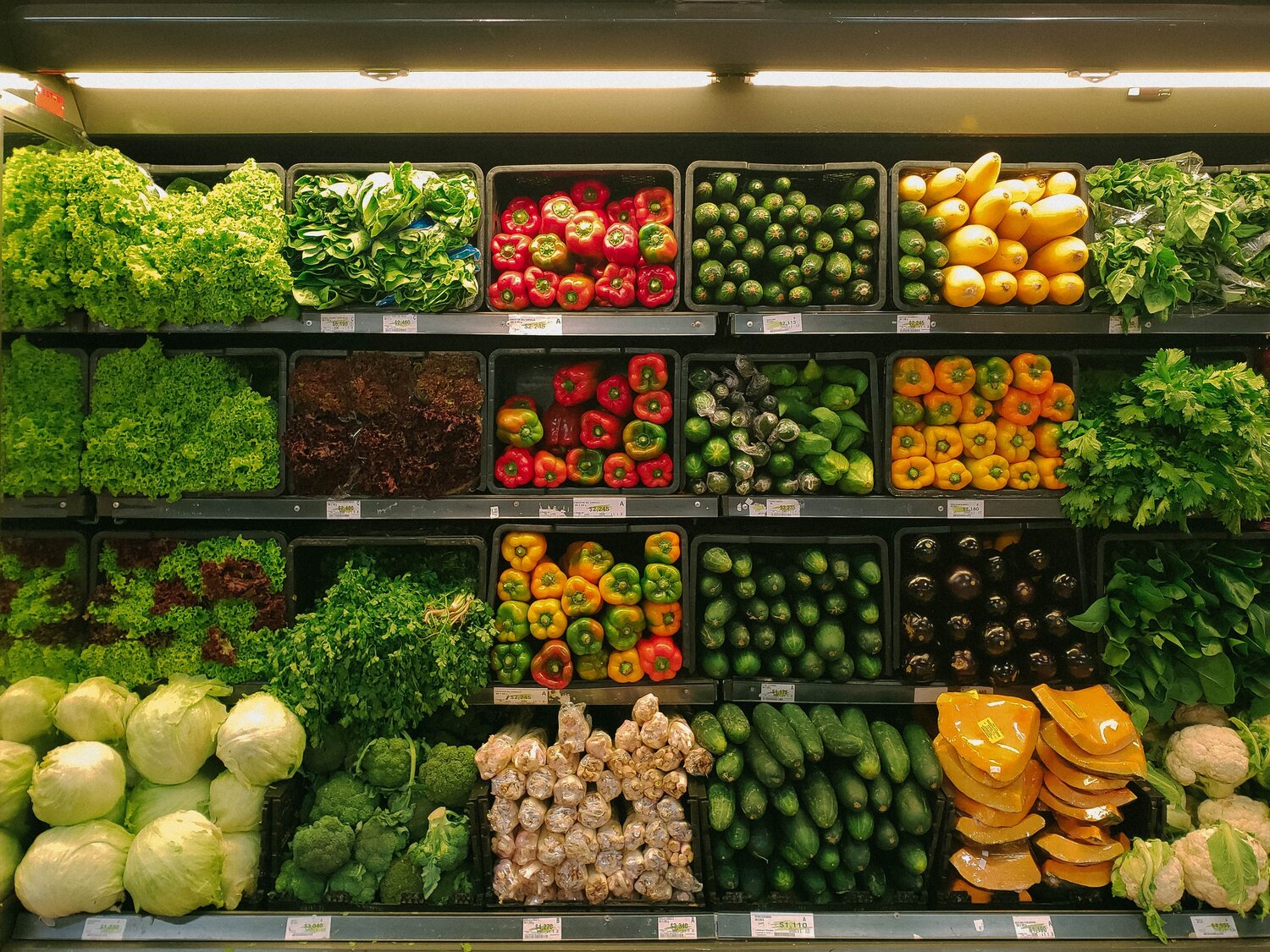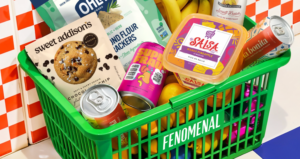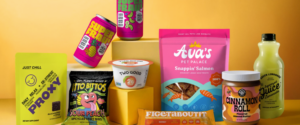- Food Startup Funding: Do you need investors to build a successful food or beverage business? - February 29, 2024
- Explaining Food Certifications & Labeling: Organing, Non-GMO, Halal, Kosher, & More! - February 29, 2024
- Explaining the Meaning of MOQ - February 29, 2024
If you specialize in natural or organic products, setting up a buyer appointment with Whole Foods is likely on your list of goals. Even though this is a competitive market, persistence pays off. Since being acquired by Amazon in 2017, Whole Foods Market is the leading organic grocer in the United States.
Figuring out how to get your products into WFM takes time and lots of hard work. Here are 8 great tips to help you get started on the right foot and make sure you have the best chance to start selling your products in Whole Foods Markets across the country.
1) Sign Up with RangeMe
Signing up with RangeMe is your first step toward building a connection with Whole Foods. That’s how the company connects with buyers and producers. Companies can’t do business with Whole Foods as a seller without this account registration.
Before signing up, make sure your product meets Whole Foods’ guidelines. For example, they have a list of unacceptable ingredients. These include:
- hydrogenated fats
- high-fructose corn syrup
- artificial sweeteners, colors, flavors and preservatives
If your product qualifies, then create a company profile. You’ll also need to create one for every product you’d like to submit to Whole Foods. Once everything is uploaded, and in the system, you’ll wait for WFM to contact you.
Unfortunately not every profile even get’s a response. That’s why it’s critical to create a best-in-class profile on RangeMe and follow the additional steps below for the best chance of a follow up meeting.
2) Develop a Buyer Persona
If you’re not selling to the right person, your efforts are for naught. Therefore, you must develop a buyer persona. Developing a buyer persona means creating a profile of your ideal customer by gathering details about them. For example, you’ll research their location data, earnings, hobbies, lifestyle, career, and gender. This exercise is important for all aspects of your business, from branding to learning the competitive landscape, and even product development. Once you know your target customer and their tendencies you know how to better sell to them.
Honing in on this information not only ensures you’re selling to the right customer but also pitching to the correct regional office. For example, Whole Foods breaks its buyers up into different categories. They include grocery, meat, nutrition, prepared foods, produce, seafood, and specialty categories.
Under most circumstances, if your product is a food item that belongs in the grocery aisles, then your point of contact is the grocery buyer. Therefore, your best option is to contact the regional office and ask to speak to the regional grocery manager.
3) Conduct Market Research
Does your local Whole Foods Store sell products similar to yours? If so, how close is it to what you’re pitching and does the category sell well? Are there ways you can differentiate your product from the competition? Think about what helps set your product apart from the rest, and use that to capitalize on when telling your brand story.
For example, if you’re trying to sell bone broth and notice competitors selling the same thing. You can differentiate your brand with packaging, how your ingredients are unique, your special roasting process, and the story behind why you started your business.
4) Food and Beverage Certifications

Even if you have the best or most unique product, it doesn’t hold as much value without the right certifications. For example, when your products have the organic seal, it shows that your company is in compliance with the USDA’s organic regulations and has undergone third-party verification.
While having certifications such as Organic, Gluten Free or Kosher isn’t required to sell in Whole Foods, it can definitely help as many of those certifications drive home your commitment to quality ingredients, sustainability, and ethical farming which are all important issues that Whole Foods cares about.
5) Presentation Prep
Okay – let’s say you got a meeting with a WF buyer – That’s awesome! Now, preparing for your Whole Foods product presentation means understanding the company’s guidelines and using their brand templates when creating your presentation.
Your presentation should answer all questions about you and your product, including your background, marketing strategy, the product’s ingredients and nutritional information.
Where would your product sell best in the store? Why?
If you see it is a quick, grab and go item at the register, have data to back it up.
During your presentation, buyers will want to hear the critical components of your business plan. They’ll also want to understand the passion and commitment you have to the products you’re presenting and to your brand. So be ready to show them!
6) Fine-Tuning Your Product
If Whole Foods decides to bring on your products, that’s great. But don’t be surprised if it comes with some caveats.
For example, many times they’ll come back with some needed changes before they can carry a product. That may mean working on your brand’s message or some changes to the product’s packaging or ingredients. And often they might only be interested certain SKUs.
If you’re okay with the proposed changes then get to work on them quickly and set a follow-up meeting so they can see the commitment you have to working with them.
7) Go Regional
While national distribution may be your goal, starting with one or two regions at Whole Foods might be your only option. Then depending on how sales go in those regions, WFM may decide to roll your product out nationally. Whole Foods Regional Map.
Make sure to make the most of this opportunity. This is your chance to develop personal relationships at the store level and test product placement, promotions and gather sales velocity data so that you’ll have a better story when it’s time to pitch again for more regions.
8) Putting in the Time at Store-Level
Developing personal relationships with distribution is essential, but so is working closely with store personnel.
Head into Whole Foods and introduce yourself and your brand, talk to them about running demos as frequently as possible. That way you can get your product in front of your target audience, gauge their interest, and learn how to tweak your marketing and promotional campaigns. Also having a good relationship with the store staff can go a long way in making sure product is placed right and refilled frequently, which ultimately leads to more sales.
Wrapping Up
Learning how to get your product in Whole Foods involves patience and persistence. Remember, you’re competing against a high volume of others who also want to get on their shelves. So, don’t hesitate and put these tips to use today!



